
NASA / JPL-Caltech / R. Hurt (Caltech-IPAC)
In searching for planets around other stars, astronomers often look for worlds that most closely resemble our own. The discovery of Gliese 12b, the closest transiting, temperate, Earth-sized planet found to date, promises possibilities for understanding how terrestrial planets become habitable.
Gliese 12b orbits a cool red dwarf star about 40 light-years away (virtually neighboring compared to other exoplanets) with a period of 12.8 days. Its distance from its host star means its surface could be warm enough for life, with a temperature of 107°F (42°C).
Tempered or not, the size of Gliese 12b is about the same as Earth or Venus. However, the difference between the atmospheres of these two planets (one welcoming, the other hellish) requires caution before declaring Gliese 12b habitable. What makes this exoplanet unique is that it could play a crucial role in understanding the formation and habitability of small Earth-sized planets.
Transit, temperate and terrestrial
Gliese 12b was initially detected by NASA's Transiting Exoplanet Survey Satellite (TESS), a mission that searches for changes in stellar brightness and records transits that occur when a planet passes in front of its host star. After TESS captured a periodic dimming of the star Gliese 12, two teams of astronomers conducted additional observations to first confirm that the transits are real and then characterize the planet's properties. The discovery of Gliese 12b was reported in two papers published on May 23.

Shishir Dholakia et al. / Monthly Notices of the Royal Astronomical Society 2024
“The most significant thing about this discovery is fourfold: the fact that it is a nearby, temperate, transiting, Earth-sized planet,” says Larissa Palethorpe (University of Edinburgh, UK), a graduate student who worked with one of the discoveries. teams, publishing in the Monthly Notices of the Royal Astronomical Society. “Each of these characteristics alone makes a planet exciting, but for a planet to satisfy all four of these criteria is extremely rare.”
The search for an Earth-like planet is motivated by our desire to determine how habitable planets form and evolve to potentially support liquid water and life. And one question astronomers hope Gliese 12b will help answer is the puzzle of the atmospheres of Earth and Venus. Although Venus receives only 1.6 times more radiation from the Sun than Earth, it has developed a stifling atmosphere that appears inhospitable to life.
Although Gliese 12b is small, it is also so close to Earth that it might be possible to obtain spectroscopic measurements of its atmosphere with the James Webb Space Telescope (JWST). Those observations could shed light on how smaller rocky planets form a habitable (or uninhabitable) environment.
“The Gliese 12 system is the second planetary system suitable for atmospheric transmission spectroscopy,” said Masayuki Kuzuhara (Astrobiology Center, Japan), who led the other team in publishing the results inThe letters from the astrophysical diary.
The first of these systems is TRAPPIST-1, which hosts no less than seven planets, three of them “potentially temperate Earth-sized planets that are suitable for atmospheric transmission spectroscopy,” according to Kuzuhara. However, Gliese 12 offers an advantage that TRAPPIST-1 does not: it is silent.
Gliese 12: a calm host
red dwarf stars, or METER Stars have small masses and radii and low luminosities, meaning that any planet orbiting in the “habitable zone” (the orbital space where a rocky planet could harbor liquid water on its surface) transits deeper and more frequently. Gliese 12b's orbit is only 0.07 astronomical units from its host star. However, although it would be within Mercury's orbit around the Sun, the low luminosity of its star means the planet could be comfortable for life.
However, active radiation METER Stars can destroy any atmosphere of their planets. For example, the host star of the aforementioned TRAPPIST-1 system hits your system with X-ray and UV emissions that have probably stripped TRAPPIST-1 b of all airleaving the Venus-sized TRAPPIST-1 c with, at best, a very thin atmosphere.
But not all METER stars are created equal. “Unlike the TRAPPIST-1 system, the activity of the central star is relatively quiet,” explained Kuzukhara. “We can expect that the influence of Gliese 12's extreme ultraviolet emissions and stellar wind on the planet will be weaker than that of TRAPPIST-1 on the planets.”
X-ray observations have found that Gliese 12 is a dormant host star without flares that strip away its atmosphere, which, if true during the star's 7 billion years of fusion, could mean its planet could have a atmosphere after all.
There is still more to learn
It remains to be seen whether Gliese 12b is truly Earth-like. “We cannot completely rule out the possibility of it being a habitable planet,” Kuzuhara said. However, a thick atmosphere could heat its surface too much to retain liquid water. In any case, Kuzuhara and his colleagues still plan to request observations of the planet with JWST.
For Palethorpe's team, confirming the radial velocity measurements is their next goal. As Gliese 12b orbits its host star, its own mass pulls on the star through a mutual gravitational attraction, producing tiny wobbles that astronomers can measure. Taking these measurements will help determine the average mass and density of the planet, and narrow down what its interior structure might look like.
Whether Gliese 12b turns out to look like a hot, inhospitable Venus, a temperate, life-supporting Earth, or something entirely new, it's an exciting prospect for planet hunters around the world.







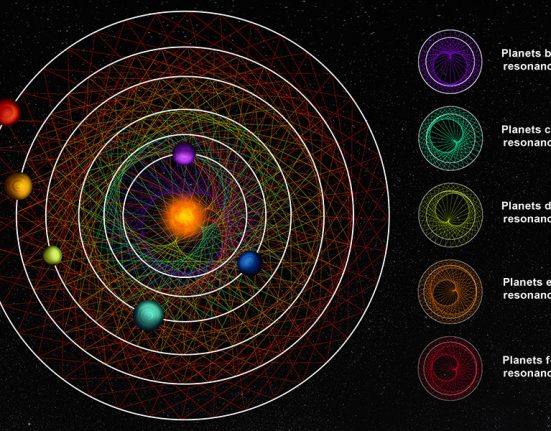
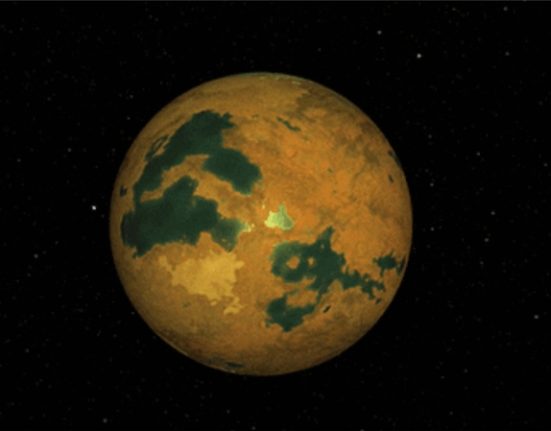
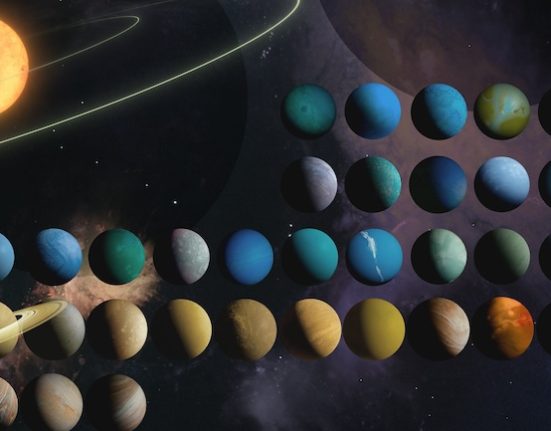
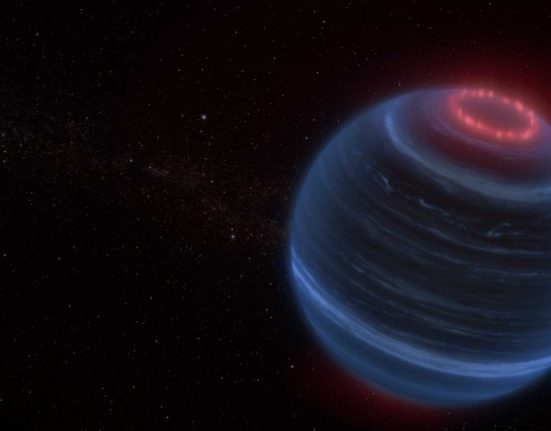
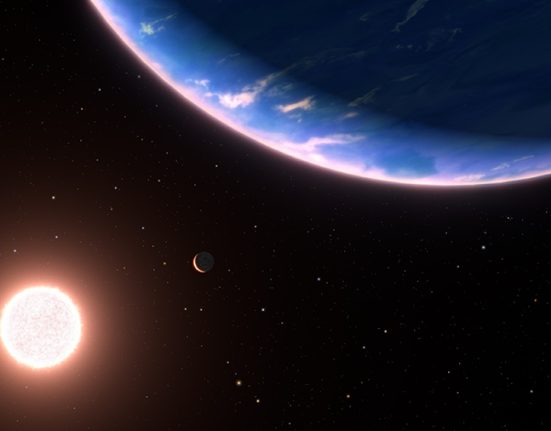
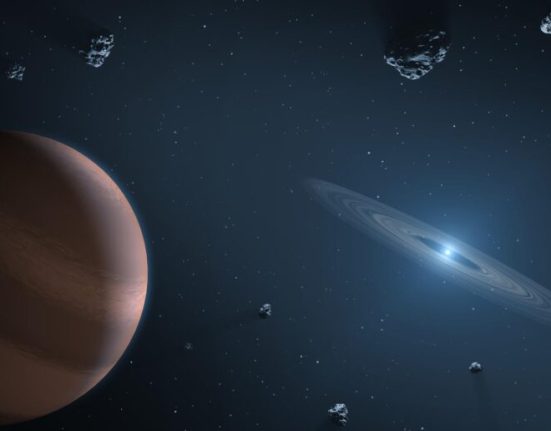
Leave feedback about this